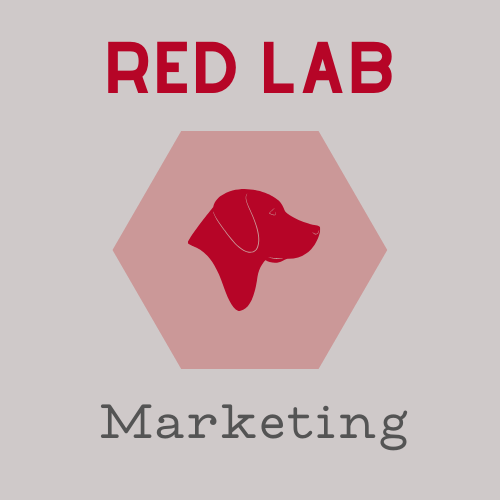Keep marketing simple
So, did that post you labored on for hours only get 4 likes, one of which was from your mom? Or maybe your viewers only watched about 15 seconds of that YouTube video you spent 10 hours making.
If the scenario I just mentioned sounds familiar, I want you to consider KISS- Keeping it simple silly! Here’s the deal. Words matter. Take a minute and evaluate the language that you are using in your messaging and videos. Are you using jargon or terminology that your audience might not understand?
Let me give you an example. In a meeting the other day with one of my new clients, I had been discussing their ICA. It turns out that they had never heard the acronym ICA (which stands for ideal client avatar) before. Go through your messaging and identify terms and acronyms that you’re currently using. It may be the case that your language choices are confusing your audience and causing them to tune out!
The best way to do this is to adopt a beginner’s mindset. According to Forbes “A beginner’s mindset entails approaching a situation as though you are a beginner, regardless of your experience. By being open-minded…you can obtain knowledge and creative, innovative solutions.” Essentially, when you can see your business and your services through the eyes of a beginner, you’ll have a much clearer idea of how your marketing and messaging is missing the mark.
Next, I want you to think about the sales funnel. For folks who are just starting the journey of possibly investing in your services, how are they talking about their problems? Do they even know that the services you provide exist? Rather than promoting solutions, you need to help make them become aware that a) they have a problem and b) there are ways to alleviate that problem. Yes, you still need to promote your services. But that type of marketing is going to be for folks further down the sales funnel. To make sure you’re addressing the folks at the top of the sales funnel, you need to truly understand their pain points and objections and create messaging around that.
The best way to gain this information is by putting together a customer journey map. The customer journey mapping exercise allows you to dig in and understand how a potential client moves from awareness to purchase by identifying their activities, emotions, pain points, and objections at each stage of the journey.
I’ve dropped the link to my customer journey map template and the Forbes article I referred to below.

